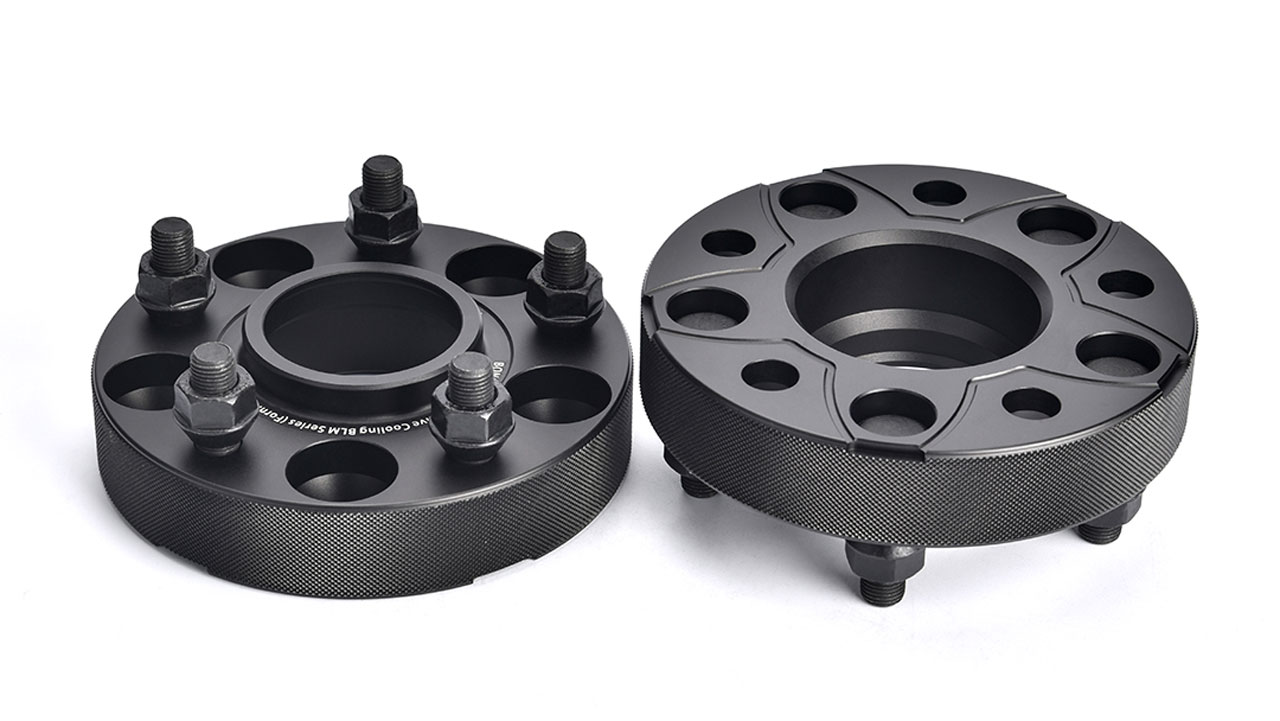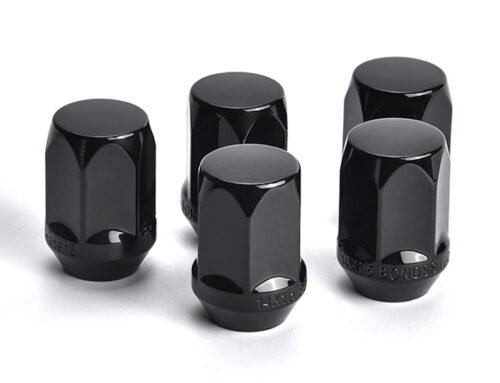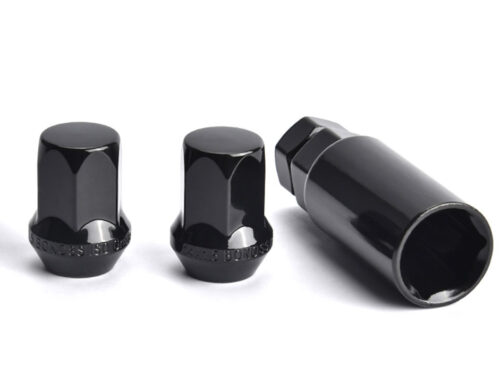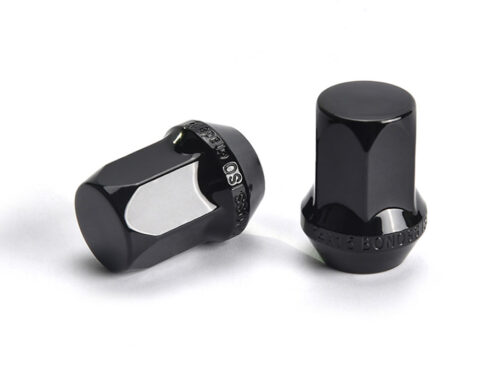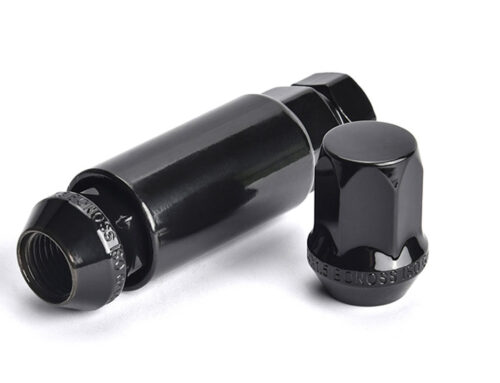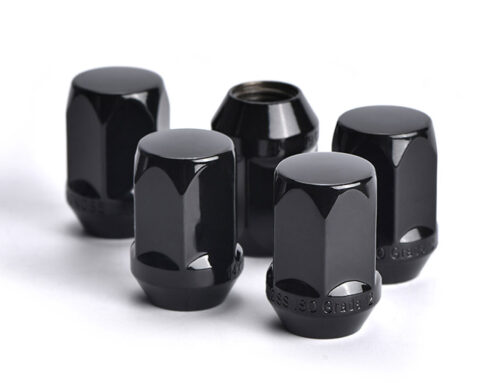Wheel spacers are an economical way to get a wider track and more stability which have proven their effectiveness in racing cars for decades. There are two distinct types of wheel spacers found on today’s market: hub centric wheel spacers and lug centric wheel spacers. Hub centric wheel spacers are centered by the center bore of the wheel and the hub flange. They usually come with a hub centric ring which is made to the size of the axis of a particular car. The connection called hub centric because of wheel links with the axle hub and centers. Lug centric would mean they are centered only by the torque of lug bolts/nuts, rather than the hub flange. They commonly come with no hub centric rings. This makes them compatible with more vehicle models. But whether these new spacers are hub centric or lug centric will determine just how they fit on the vehicle, as well as where the vehicle weight sits.
Hub Centric VS Lug Centric
Basically, hub centric wheel spacers mean their center bores are designed to fit perfectly on the axle hubs and the wheels. In this way, the wheels are centered by the hub connection and the lugs can hold it flush against the mounting plate. This allows the wheel to support the vehicle’s weight and fill the remaining space for a more tightly fit, reducing vibration. However, lug centric wheel spacers mean their center bores are made to fit many different vehicles. In a lug centric design, the wheel is attached and centered by the lug nuts or wheel bolts– instead of the hub. You will not notice the gap. But in fact, you will experience shimmy at the first impact when the shearing force and forces at 90 deal thoroughly with lug studs and lugs. Lugs can be bent under force and provoke vibration in the car. This distracts the center bore of wheels in contact with the axle hub.
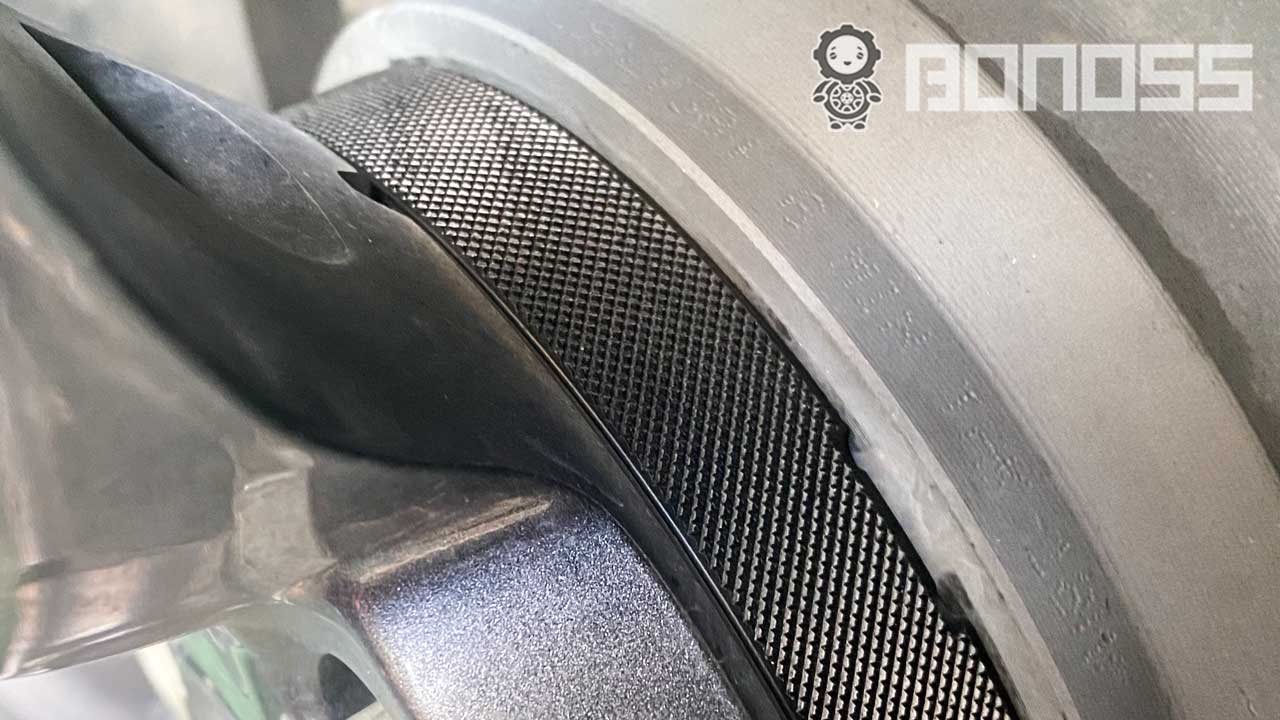
Another reason to use hub centric spacers is the conversion ability to install aftermarket rims with bigger hub diameter on the vehicle properly. Most originally equipped wheels are hub centric in design. The center hole of these wheels is the actual center bore that perfectly fits the hub flange. Hence, these wheels can be properly mounted and accurately balanced. But many aftermarket rims are made with larger hub diameters. This helps to increase the number of models the wheel fits. They are called lug centric wheels. Since the vehicle hubs are designed to fit on specific-make wheels, if you would like to add lug centric wheels, you will need conversion hub centric wheel spacers. In this case, hub centric spacers come to the aid of the proper installation. They have different outer and inner diameters in size to fit the hub to the required size, which exactly corresponds to the axle. It transforms a lug centric wheel into hub centric one.

